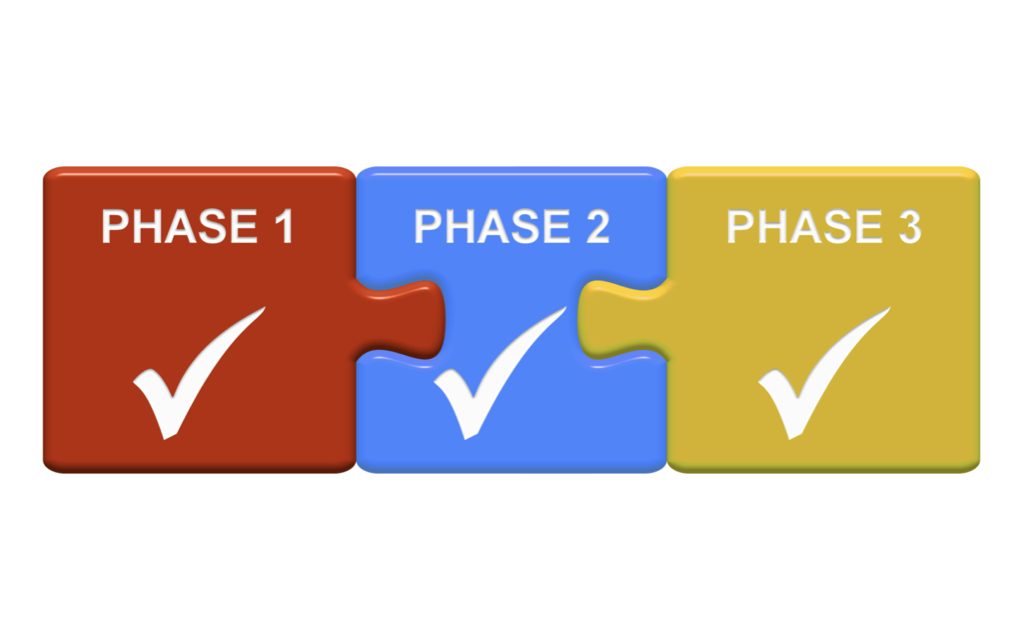PHASES OF TMD DIAGNOSIS & TREATMENT
Let's see Phases of TMD diagnosis & treatment
Phase I - Diagnostic Therapy
Orthopedic alignment and stabilization of the upper and lower arches is usually first required to establish a stable relation before a permanent solution can be determined.
A Removable (Anatomical) Orthotic is a custom-designed anatomical appliance that is worn 24/7 prior to any restorative dentistry.
The orthotic is scientifically designed and adjusted by Dr. Bis to meet the proprioceptive demands for patient comfort. Dr. Bis routinely spends her time refining the appliance to make sure it is comfortable and properly functioning to achieve the desired result.
Objective measurements using Digital Scanning, Electromyography (EMG), and low frequency Transcutaneous Electrical Nerve Stimulation (TENS) are routinely used to assist Dr. Bis in observing and recording the dynamics of jaw activity in order to provide an accurate diagnosis and treatment plant for her patients. These are also used to confirm that the orthotic is properly adjusted to the patient’s masticatory muscles, free of torque and strain.
It’s the terminal contacts (the “bite”) that hold the head and neck posture stable. Proprioception plays a crucial role in how the lower jaw responds and relates to the cranium. Establishing a precise end-point of all the teeth within spacial boundaries is critical to meeting the demands of the central nervous system.
It is the ongoing muscle accommodation and the break-down of the jaw joints and ligaments that result in symptoms. Healthy, ideally positioned teeth are often the missing component and necessary in order to support the lower jaw as well as proper neck and shoulder balance.
A lower orthotic that is precisely fine-tuned in all dimensions (vertical, lateral, and antero-posterior) is usually the answer to most muscle related jaw problems, since most of the occlusal pathology starts with underdeveloped vertical height of the posterior teeth.
Phase II Therapy
In order to complete the bite at the neuromuscular position, one or more of the following procedures will be required:
- Orthodontics - conservative orthodontic and orthopedic (non surgical) techniques can sometimes be utilized to align the bite to its desired neuromuscular position
- Restorative Treatment - if there are existing crowns or fillings, or if there is wear on teeth, a comprehensive full mouth restorative approach should be considered. If a few teeth are missing, these can be restored with bridges or implants. This approach may seem extensive, but results in excellent appearance of the teeth and smile. This particular approach demands a thorough understanding and control of the bite and muscle management by the clinician during the transitioning process
- Combination of the above
- A transitional fixed orthotic in addition to one or more of the above - for those cases where there is a need to hold the bite for long periods of time before proceeding to the permanent restorations, a long-term overlay appliance that fits over the existing worn down teeth may be fabricated.

